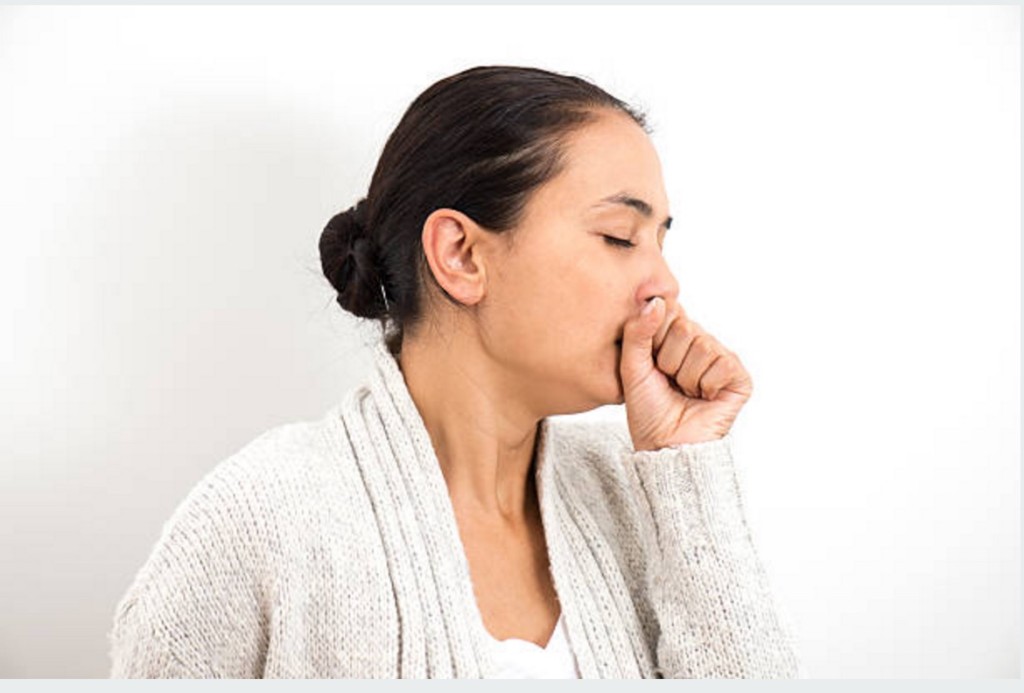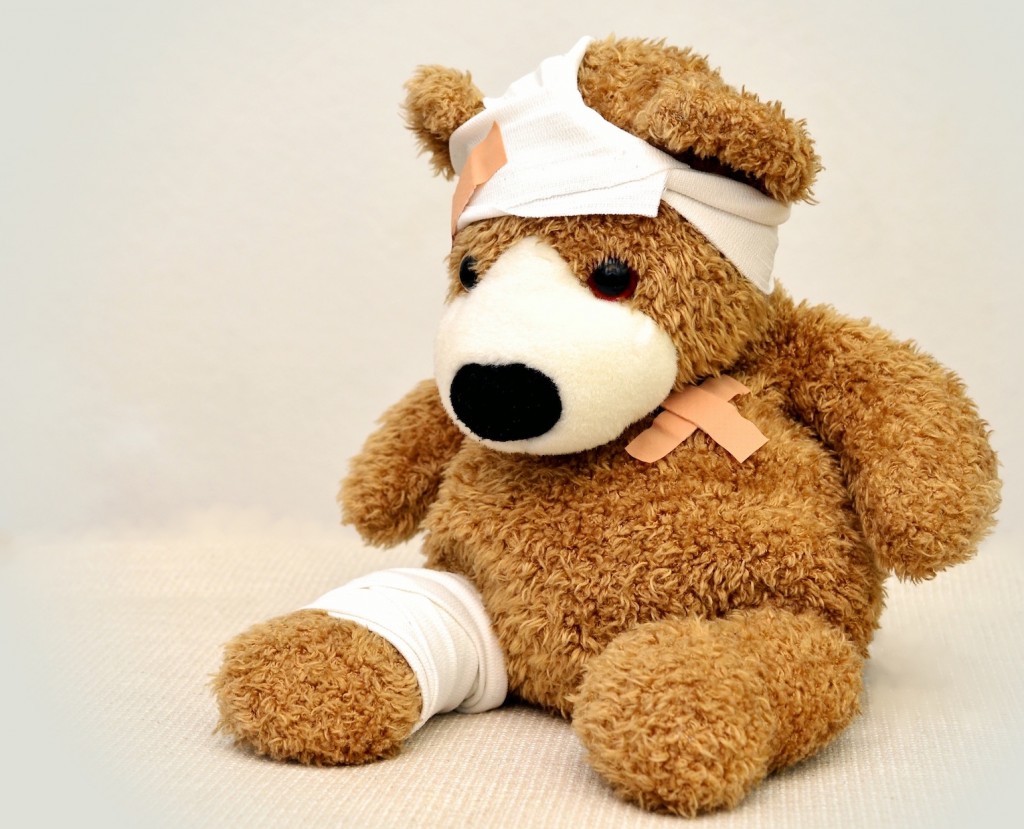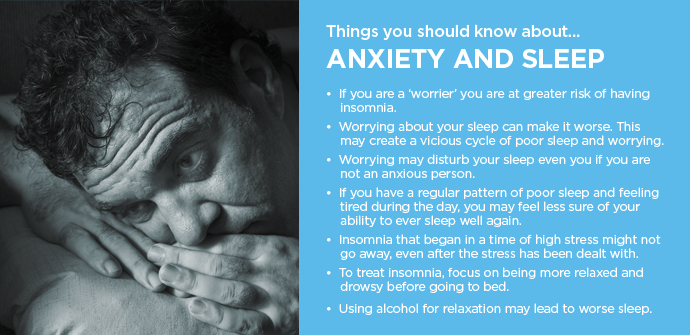
Asthma can be confusing because it means different things to different people – from wheezing after a short run, to being admitted to hospital. If you or someone you know has been diagnosed with asthma, it’s important to know that asthma is a manageable condition. While there might not be a cure, here are some key areas that can help you get control over the symptoms.
Asthma action plan
An asthma action plan is written in conjunction with your doctor, and tells you what medications you should take, how to tell if your asthma is getting worse, what to do if you have worsening symptoms, and what to do in the event of an asthma attack. If you find that you are having symptoms more than once or twice a week, your asthma could probably be better controlled. Chat to your GP about starting or updating your plan, as your needs will change over time.
Correctly using your inhaler
If you do not use your inhaler correctly, you will not get the full dose of medicine – and up to 90% of people are thought to be using their puffers incorrectly. There are many different types of inhalers available, so there is potential for change if your current model is not working for you. Spacers can also be used help you get the whole dose of medicine, so children should always use a spacer for both preventative and reliever puffers, and adults may be recommended to use them with preventative puffers. There are different types of spacers as well, so work with your doctor to find the right combination for you.
Identifying triggers
Asthma can be triggered by many factors or combination of factors. It could be a cold that you catch, something you inhale such cold air or irritants in the air, strong emotions, physical activity, food or alternative medicines, or other factors in your environment.
Some triggers you should avoid, such as smoking and air pollution inside. Some you can’t really avoid, such as catching a cold or stress – but you should try to minimise your risks. Other triggers like exercise, sex and laughing shouldn’t be avoided. If you find these triggers are causing asthma episodes, you and your doctor should consider a change in your management plan and medication so you can maintain your quality of life.
Complimentary therapies
There are some well-researched practices that you can speak with your doctor about using to help manage your asthma. Caffeine has been shown to increase lung capacity, and there are some promising signs that eucalyptus oils can help. Other therapies such as acupuncture, herbal medicines and supplements, breathing exercises and hypnosis may also help, but do not have enough evidence to say with certainty that they are safe and effective.
Managing your symptoms is a team effort. If you would like a review of your asthma management plan, talk with your GP to discuss what could work for you.
Click here to book an appointment with a GP to discuss asthma management –>








 Continence issues are not a popular topic, but if there is no serious discussion, people who suffer in this area often feel alone and helpless. The theme of this year’s Continence Week is “No laughing matter” – focusing on people’s tendency to laugh off continence issues as a joke, or to treat it as an inevitable part of ageing or childbirth. The truth is, continence is a specialist health issue with a range of treatments and management strategies. Let’s look at bladder and bowel control issues, and why we should be discussing them.
Continence issues are not a popular topic, but if there is no serious discussion, people who suffer in this area often feel alone and helpless. The theme of this year’s Continence Week is “No laughing matter” – focusing on people’s tendency to laugh off continence issues as a joke, or to treat it as an inevitable part of ageing or childbirth. The truth is, continence is a specialist health issue with a range of treatments and management strategies. Let’s look at bladder and bowel control issues, and why we should be discussing them.
